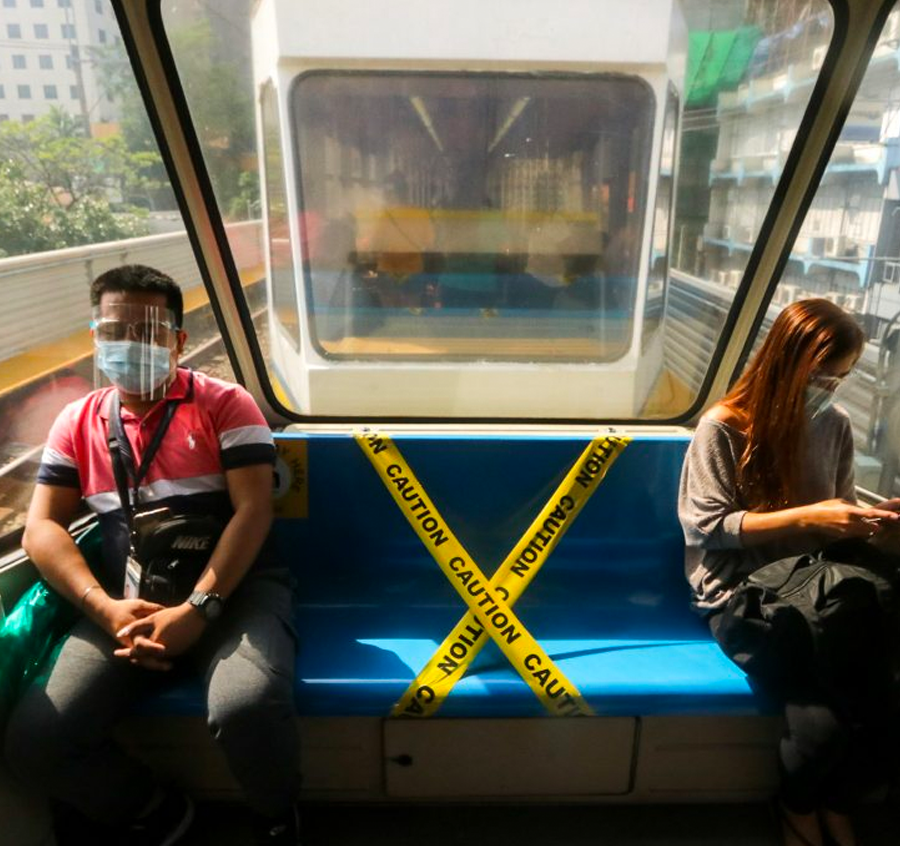Will reducing distance to 0.75 m result in more infections?

A few days ago, the Palace announced that commuters should have 1-meter distance from each other. As time goes by, they will declare a new policy to ease social distancing rules in public transport. But the question really here is, what is the ideal distance to prevent COVID-19 transmission?

What’s the perfect distance?
Clearly physical distancing is necessary to lessen, if not prevent, the virus transmission. However, the debate on the issue began when the government mentioned the transition from one-meter to 0.75 meter. This decision from President Duterte would allow public transport to carry more people to work since many businesses went back to operations.

How far can the virus travel from one person to another? Pharmaceutical and Healthcare Association of the Philippines (PHAP) President Dr. Beavery Tamesis said that although the virus is airborne, it will end at a specific distance. He added that maintaining a safe distance is the “most important way of preventing”. This is aside from wearing face masks and face shields, of course.
WHO says stay at least one meter apart
There are many recommendations on how far an individual should keep the distance from an infected person to avoid contracting the disease. A lot of websites of health organizations said that distance must at least one meter. the World Health Organization’s (WHO) guidelines said that “the organization recommends keeping at least a one-meter distance from another person to prevent the possible transmission of viral particles.” Any distance less than that can result in the risk of acute respiratory infections.

On the other hand, The United States Center for Disease Control and Prevention (CDC) recommends a two-meter or six feet distance between people, particularly in public transport. The organization suggests, “When using public transit, try to keep at least six feet from other passengers or transit operators.”
Contrary to these advices, two former DOH chiefs think that one-meter [distance] is no longer necessary. Dr. Manuel Dayrit and Dr. Esperanza Cabral both believe that wearing face masks and face shields is enough. Dayrit said “it is possible to go below one meter,” as long people follow health protocols. He added, “Virus transmission can still happen inside confined spaces like railway trains, regardless of the distance between passengers.” Meanwhile, Dra. Cabral thinks the 0.75-meter adjustment will “make no difference”.
What’s your stand on this issue? Are you in favor of reducing the required [distance] or not?
Queenie Lasta got her bachelor's degree in Communications Research from UP Diliman. In her free time, she likes to read thriller novels, psychology books, and mangas. She believes in the importance of grit, hard work, and passion to become a great writer in the future.










